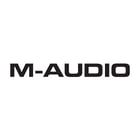Studio Monitoring
-

Dynaudio LYD-48 Active Studio Monitor, Left, Black Dynaudio LYD-48 Active Studio Monitor, Left, Black
In stock
More infowas £1,068.99£949.00 -

Focal CMS 40 Single, Ex-Demo Focal CMS 40 Single, Ex-Demo
In stock
More info£229.00 -

Focal Trio6 BE Active Studio Monitor Focal Trio6 BE Active Studio Monitor
In stock
More infowas £2,350.00£1,999.00In stock
£1,999.00was £2,350.00 -
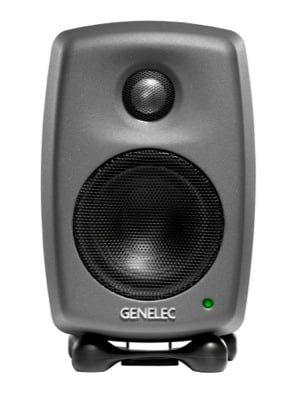
Genelec 8010AP Active Studio Monitor, Dark Grey Genelec 8010AP Active Studio Monitor, Dark Grey
In stock
More infowas £325.00£245.00In stock
£245.00was £325.00 -

Genelec 8010AW Active Studio Monitor, White Genelec 8010AW Active Studio Monitor, White
In stock
More infowas £325.00£293.00 -
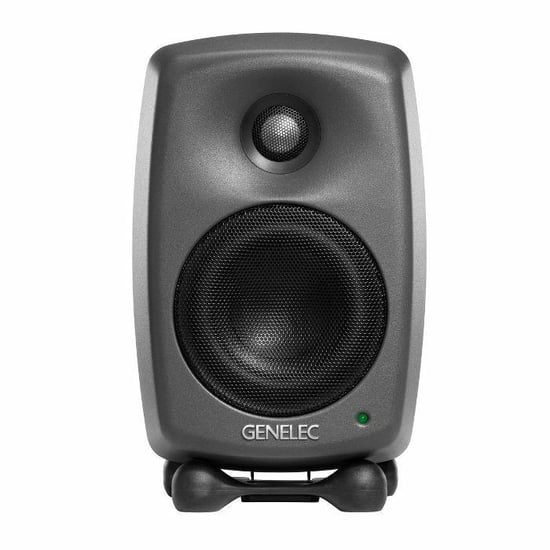
Genelec 8320A Bi-Amplified Smart Active Monitor, Dark Grey Genelec 8320A Bi-Amplified Smart Active Monitor, Dark Grey
In stock
More infowas £639.00£592.00In stock
£592.00was £639.00 -

Peavey IPR2 2000 Power Amp Peavey IPR2 2000 Power Amp
In stock
More info£577.00 -

Pioneer DJ DM-40 Active Desktop Monitors Pioneer DJ DM-40 Active Desktop Monitors
In stock
More info£129.00In stock
£129.00 -

Presonus Eris 4.5 Active Studio Monitors, Pair Presonus Eris 4.5 Active Studio Monitors, Pair
In stock
More info£149.00In stock
£149.00 -

Roland CM-220 Cube 2.1 Monitoring System, Display Only Roland CM-220 Cube 2.1 Monitoring System, Display Only
In stock
More info£382.50 -

Yamaha HS5 Active Studio Monitor Single, Damaged (B-Stock) Yamaha HS5 Active Studio Monitor Single, Damaged (B-Stock)
In stock
More infowas £125.00£115.91 -
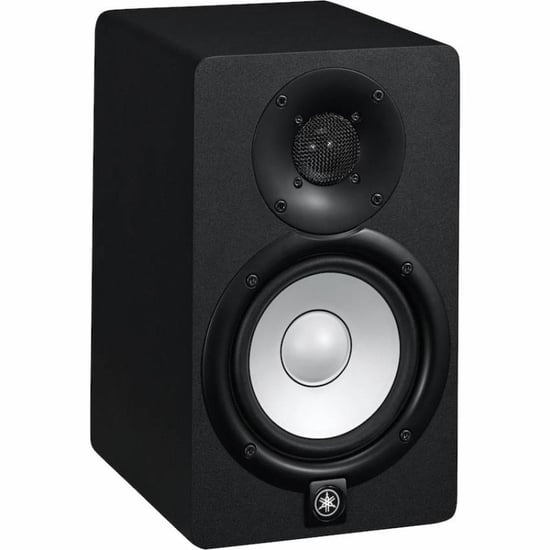
Yamaha HS5 Active Studio Monitor, Black Yamaha HS5 Active Studio Monitor, Black
In stock
More infowas £171.00£149.00In stock
£149.00was £171.00 -
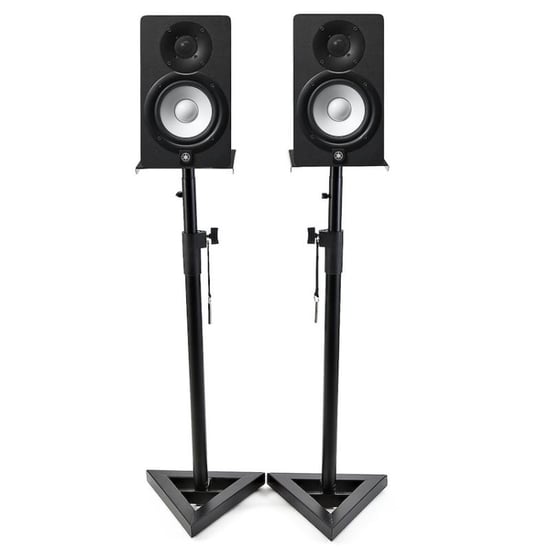
Yamaha HS5 Active Studio Monitors with Stands, Black Yamaha HS5 Active Studio Monitors with Stands, Black
In stock
More info£340.00 -
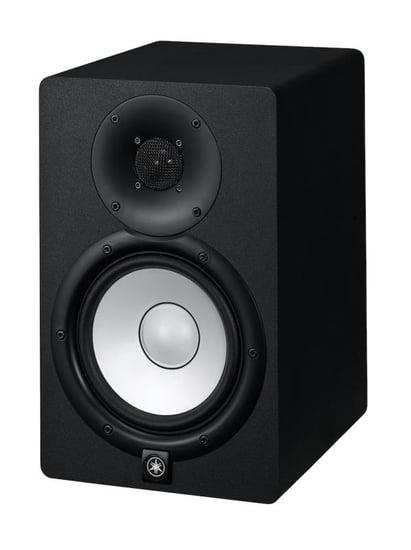
Yamaha HS7 Active Studio Monitor, Black Yamaha HS7 Active Studio Monitor, Black
In stock
More infowas £293.00£202.00In stock
£202.00was £293.00 -
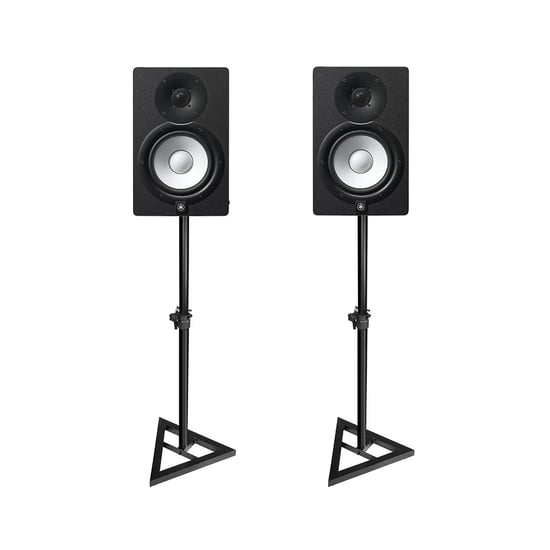
Yamaha HS7 Active Studio Monitors with Stands, Black Yamaha HS7 Active Studio Monitors with Stands, Black
In stock
More info£430.00In stock
£430.00 -

Yamaha HS8 Active Studio Monitor, White Yamaha HS8 Active Studio Monitor, White
In stock
More infowas £386.00£249.00In stock
£249.00was £386.00 -

Yamaha HS8 Active Studio Monitors with Stands, White Yamaha HS8 Active Studio Monitors with Stands, White
In stock
More info£560.00
1
Studio Monitoring
Browse our RangeProduct Type
Studio Monitors For Mixing And Playback
Studio monitors are the go-to choice for producers, engineers, and sound designers looking for truly accurate sound reproduction. When you’re mixing and monitoring sound, the studio speakers you’re using must produce a flat frequency response. In other words, they shouldn’t add bottom, mid or top-end like hi-fi or PA speakers may do.
You want an honest reproduction of your sound so you can hear all the little details and subtle nuances within your audio, allowing you to mix accurately. Get your mix right on studio speakers and you can be confident that it will sound good when played through systems that add more colour. When it comes to professional audio recording, a pair of studio monitors are essential alongside an audio interface and your favoured digital audio workstation (DAW).
Active or Passive?
When it comes to active and passive monitors, one isn’t strictly better than the other - it all comes down to preference. However, active monitors are a lot more common in home recording studios nowadays as they’re a lot simpler to use.
Passive studio monitors require an external amplifier to work. In addition, you also have to make sure that you match up the impedance and power ratings - which can be tricky. An unpowered studio monitor system offers more customisation, the individual elements can be upgraded separately and it can be easier to maintain. If something becomes faulty you won’t have to replace the whole system, you can simply swap out the part that isn’t working.
Active studio monitors are an all-in-one solution, everything you need is built into the cabinet. With a set of powered monitors, you don’t need to worry about cluttering up your home studio with extra hardware or carefully matching impedances. Plus, the onboard amplifier is usually tuned to the speaker, which ensures optimal audio performance. Many modern active monitors are equipped with features that help you tailor them to your room’s acoustics, such as onboard EQ and DSP.
We highly recommend going active if you’re looking for an entry-level or beginner studio monitor. They’re quick to set up and get a great sound out of. All you need to do is power them on, plug in a line-level sound source and you’re ready to go. The PreSonus Eris, KRK Rokit, Mackie CR, Adam Audio T and Yamaha HS series are all top choices.
Speaker size?
Today, we’re incredibly fortunate to have so many options at a wide range of price points available to us. From small reference monitors like the Avantone MixCube to the dual-woofer Adam Audio A77X, it can be hard to decide what’s best for your setup. We advise figuring out the size of your control room, your consistent monitoring level, the style of music you’ll be working on and your budget. Once you know that, narrowing down your options will be a breeze!
If you’re working in a large space where you can push your monitors hard then you’ll benefit from a speaker with 8" or 10" woofers. Also, the improved low-frequency response that a larger driver provides is useful when mixing bass-centric genres such as electronic music.
For a small-to-medium setup such as a bedroom studio that isn’t acoustically treated, you’ll achieve far better results with a smaller monitor that has a 5" or 7" woofer. A couple of our favourite 5" and 7" monitors are the Yamaha HS5 & HS7 and the KRK Rokit RP5 & RP7.
Your room’s acoustics can have a dramatic impact on the sound of your monitors. It’s well worth getting ahold of some basic acoustic treatment like an absorption panel or a pair of monitor stands. Our essential tips for your home studio is worth a read if you want to learn how to optimise your space.
Do I need a subwoofer?
Whether your setup needs a subwoofer is decided by the type of music you’re mixing and where people will listen to it. For TV, film or pumping dance music that’s going to be played through a hefty club system, a subwoofer will allow you to hear what’s going in those deep frequencies.
As you’d expect, a subwoofer will extend the low-frequency range. This makes acoustic treatment, such as a bass trap or acoustic panel, crucial if you want the ideal perception of your track’s bass. It’s also important to avoid working in a small room if you plan on using a subwoofer. Without getting too into the science behind it, it’s because bass frequencies can’t develop properly in a small space.
A stereo pair of studio monitors will get the job done for most applications, especially if you’re mixing bands or solo artists. If the music is mainly being listened to on everyday systems such as cars and standard earphones/headphones, you can probably forgo a subwoofer.







